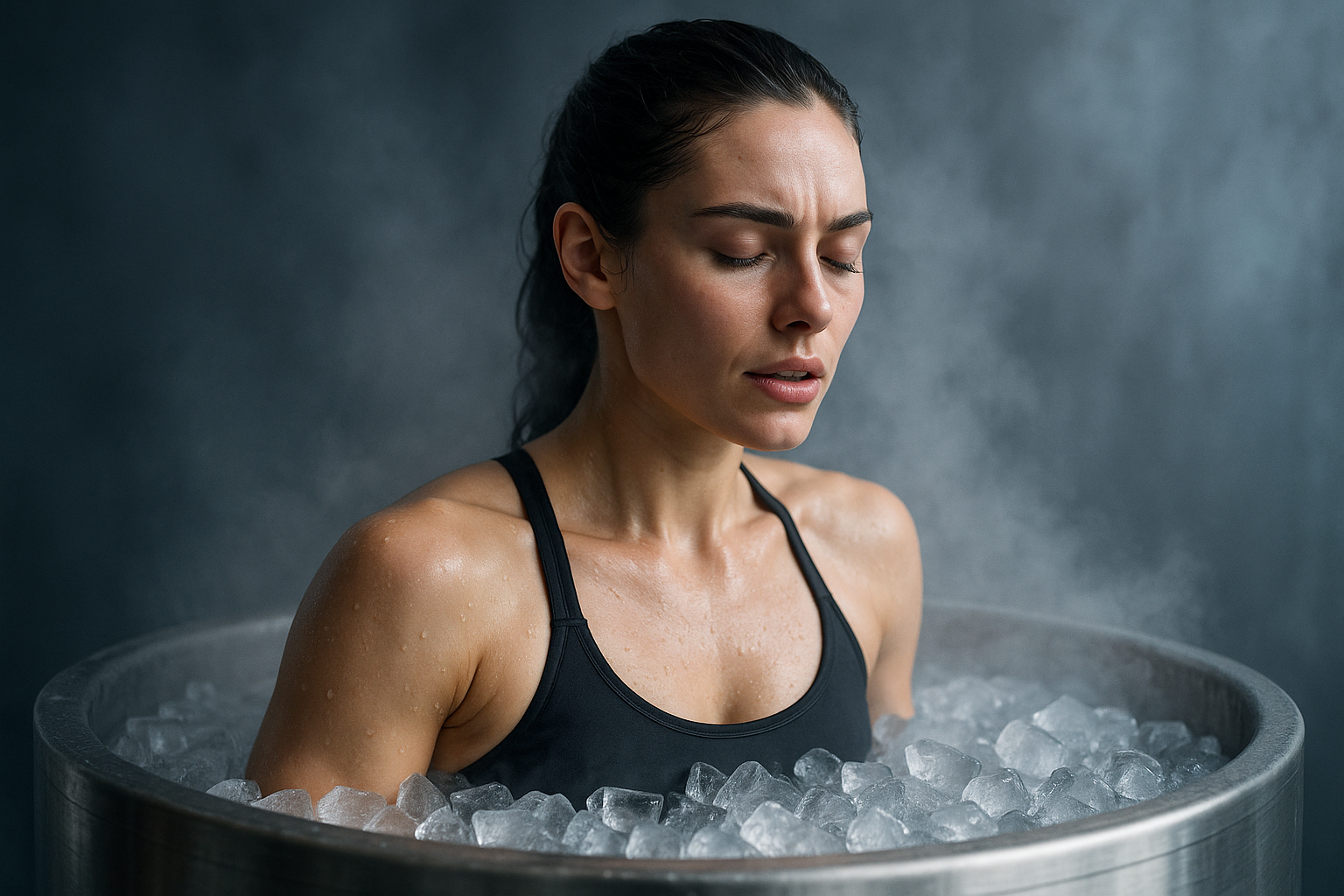Cold Plunge: Uses, Safety, and Practical Guidance
Cold plunges—brief immersion in cold water—are gaining attention as a recovery and wellness practice. People use them after exercise, for perceived mood effects, or as part of a regular routine. The practice ranges from a backyard tub filled with cold water to professionally run cold-plunge pools. This article explains what a cold plunge is, how it affects the body, differences from ice baths, safety considerations, and how to add it to a wellness plan.

This article is for informational purposes only and should not be considered medical advice. Please consult a qualified healthcare professional for personalized guidance and treatment.
What is a cold plunge?
A cold plunge typically means immersing the body in cold water for a short period, often between 30 seconds and several minutes. Temperatures vary, commonly from about 10°C to 15°C (50°F–59°F) in recreational settings, though colder exposures are used by some protocols. The focus is on controlled, timed exposure rather than prolonged hypothermia. Cold plunge setups include tubs, plunge pools, and natural bodies of cold water. The simplicity of the method is why it’s accessible for athletes, spa-goers, and home users.
How does cold water affect the body?
Cold water triggers several predictable physiological responses: vasoconstriction (narrowing of blood vessels), increased heart rate and breathing initially, and a release of stress hormones like norepinephrine. These responses can reduce swelling and may temporarily reduce pain perception after intense exercise. Over time, regular short exposures can also influence circulation and tolerance to cold. Scientific outcomes vary by study and protocol, so reported benefits like faster recovery or mood changes are reported with different magnitudes and require more high-quality research for firm conclusions.
How does an ice bath differ from a cold plunge?
The terms “ice bath” and “cold plunge” are often used interchangeably but can mean different setups. An ice bath usually implies a tub filled with water and added ice to reach very low temperatures, often under 10°C (50°F). A cold plunge can be maintained at a consistent cool temperature without floating ice and is sometimes designed for repeated use, with filtration and temperature control. Both aim to produce cold exposure effects, but ice baths are easier to create temporarily at home, while plunge pools may offer more comfortable, controlled experiences for frequent use.
Is cold therapy safe and who benefits?
Cold therapy is generally safe for healthy adults when used appropriately, but it carries risks for people with cardiovascular disease, uncontrolled hypertension, Raynaud’s phenomenon, or certain neurological conditions. Individuals with heart conditions should consult a clinician before trying cold plunges because the sudden stress on the cardiovascular system can be risky. For athletes and active adults, short cold exposures can be part of recovery strategies; for others, gradual acclimation and professional guidance reduce risk. Always monitor breathing, skin color, and comfort, and follow time and temperature guidelines.
How to integrate cold plunge into wellness routines
Start conservatively: begin with shorter durations (30–60 seconds) at milder cold and increase gradually as tolerance builds. Pair cooling sessions with other recovery practices—hydration, gentle movement, or contrast therapy—based on personal goals. Post-exercise cooling may reduce local inflammation and perceived soreness, while routine morning plunges are reported anecdotally to affect alertness; evidence varies. Ensure a safe environment: have a non-slip surface, someone nearby if trying very cold water, and a plan to warm up after immersion. Track responses and adjust frequency, duration, and temperature according to how your body reacts.
Conclusion
Cold plunges are a straightforward form of cold-water exposure that can be used for recovery, potential mood effects, and as part of a broader wellness routine. They produce measurable physiological responses such as vasoconstriction and transient increases in heart rate, which can be helpful in specific contexts but may pose risks for some people. Differences between ice baths and controlled plunge setups mainly involve logistics, temperature stability, and frequency of use. If you consider adding cold plunges to your routine, prioritize safety: start slowly, be aware of medical conditions that increase risk, and consult a healthcare professional for tailored advice. With careful practice and realistic expectations, cold-water immersion can be a useful tool among many recovery and wellness strategies.






